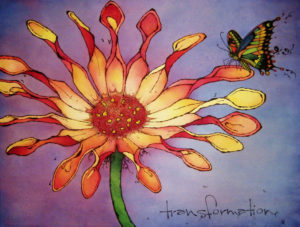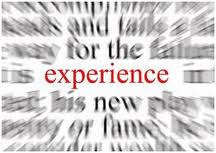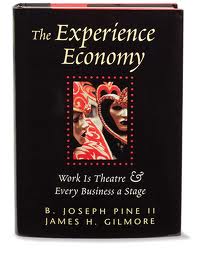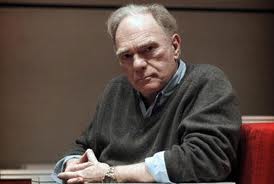See a photo of Dorit, her bio, Part 1 of this Q&A, Part 2, and Part 3.
Q&A with Dorit Sasson, Questions 7 and 8:
Q: You recently participated in Reinvention Summit 2. What insights or takeaways from that are you applying (or planning to apply) to your work with story?
A: I love the idea that story is part of one’s journey with reinvention. Right now, I am stepping up and out using my unique gifts and special talents as a storyteller, writer, and teacher, and the idea of reinvention really speaks to that part of my journey and specifically with the way I work with story. I love the idea of playing with “story frames” — this is specific vocabulary to the genre that I haven’t encountered before.
Q: What has been your favorite or most meaningful story-related project or initiative and why?
A: I’d like to share two events. First, I recently prelaunched my home-
study program entitled, “The 5 Step Program to Transforming Your Life and Business in Story,” which contains 5 weekly modules, complete with a workbook containing visualization and creative writing exercises, as well as audios and videos. I am having a lot of fun with this program. I use my training as a teacher and teacher-training to make the most out of this program. In fact, I am charged and infused with emotional energy. This kind of work does not exist anywhere at all. I recently presented module 3 of this program, which has to do with Unleashing and Unplugging Your Transformational Message. Participants walked away with lots of “a-ha moments” and moments of inspiration. To read more about this unique program, please click HERE.
Here’s a bit more about the program:
When your story is aligned, you can literally accomplish anything. And when it’s not, you know that something is missing. You can always tell your story so that it appeals to a wider audience. Often, the way you voice your story is what holds you back.
But it’s not just how you tell your Story, but your Story mindset. If you want to reframe your Story, you have to be willing to step into your vulnerability and authenticity. And this is just one of the things you will learn from the program.
Who will benefit from this program?
This five-week self-study program will be of interest to creative entrepreneurs and storytellers and particularly, any visionary, innovator, global leader who wants to go deeper with his/her story.
You and your story have a lot at stake. You might be promoting your business or a transformational message. But you’re stuck wondering how to reframe your story so your story gets the attention and value that it deserves.
This five-step program is highly interactive, fun, stimulating and wonderfully creative. And it works. You won’t find any of this information anywhere else. I’ve developed practical exercises you will never find anywhere else using my experience as a teacher and teacher trainer. You will also gain new insights about yourself and clear action steps for transforming your story and your message. And if you don’t agree, I’ll gladly refund your registration.
The second amazing thing that has happened occurred when I stepped up and out with telling my personal story as part of the global release of the book, Pebbles in the Pond: Transforming the World One Person at a Time.
This happened on May 20, 2012, and officially, I stepped up and out as a storyteller. You all have a free ticket to globally transporting yourself to another world – my tribe. Sit back, relax and have a mint julep …on the house…Ah, life is good.
You can hear that first global release of sharing my truth HERE.










